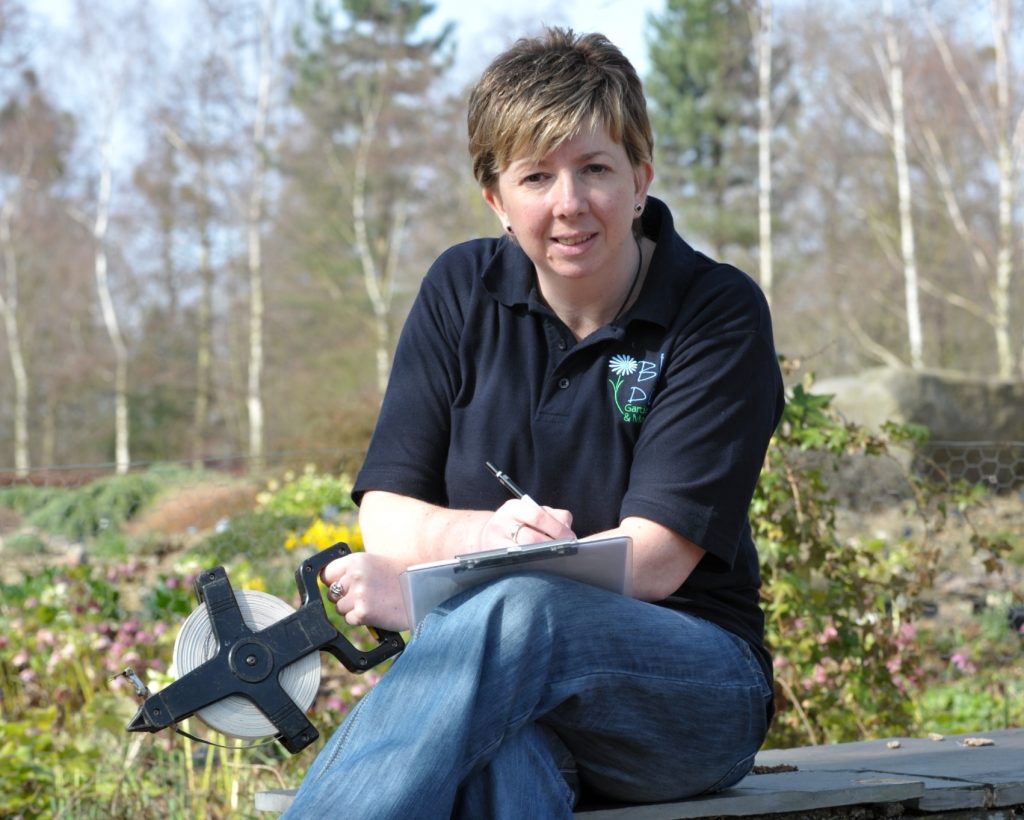Blue Daisy Garden Diary - October/November 23
Building For Better Garden by Nicki Jackson

Considering having some building work done on your home? If so, now is the perfect time to factor your garden into those considerations too. As Garden Designers who often follow on after builders have left a property, we can find some pretty shocking things. Not all of the time thankfully, but enough to know it’s an industry wide problem for many homeowners so it’s good to get ahead of the game if you can, and some – if not all – of the points below are a good idea to discuss with your builder preferably at quoting stage or at the very least, a pre-build meeting.
Try be clear about what it is you want to protect right at the outset. For instance, plants and trees, family space and/or access, elements like patios or water features, etc.
If builders know at the outset what it is you’re expecting of them you can both agree how things might happen through the build, for instance:
- Designate areas:
- Consider having strict ‘no go’ areas that builders, their equipment and supplies aren’t allowed to encroach upon. This might be lawns and borders, for instance.
- Ask builders to put up protective fencing or a visual barrier around trees and their roots and/or borders; this tells all their workers and those delivering that they can’t cross that line. Plant roots, especially trees, need to breathe so any compaction will be detrimental to their health. Protect tree trunks too.
- Create an agreed route in and out of the site with a view to keeping soil compaction down. Compaction makes it very difficult to sustain plant life. Board the route to help spread the weight of footfall, vehicles and machinery.
- Agree a designated area for storage of materials and equipment as well as for waste materials for onward collection, it helps the organisation of the site as well as making it tidier for you and your neighbours!
- Don’t forget wastewater disposal too. So often water used for washing tools or cement mixers is just thrown onto grass/lawns, under hedges or down the drain! This ‘slurry’ has so many chemicals that can render soil lifeless for quite some time, it can also change the pH and kill off micro-organisms. Slurry needs to be dealt with properly so there is no damage to water courses or your garden. It can be used in an added-value way – for instance as hollow concrete block wall back-fill, or in sub-bases, but if no positive use is possible, it can be poured over waste masonry in skips that contain no organic materials.
A lot of builders will have their own set of ‘green’ credentials but it’s important to ask to see them and ask how they will look after your land whilst transforming your home. What you don’t want is to have to spend even more money needlessly dealing with contaminated soil or waste in your garden once they have left.
Existing homeowners at least have the opportunity to influence what happens in their gardens during a build. We have also designed gardens for new build properties and our experience of these gardens is quite scary; very little viable soil, ground that has been badly compacted and contaminated; buried waste, severe drainage issues and often poor-quality turf laid to cover what’s left. At the moment there’s no real legislation for builders to leave the earth in a good condition after they’ve finished so many don’t; our industry is pushing for this to happen but we’re not there yet. So, if you’re able to influence things we’d highly recommend it!
© Nicki Jackson, Blue Daisy Gardens 2023




